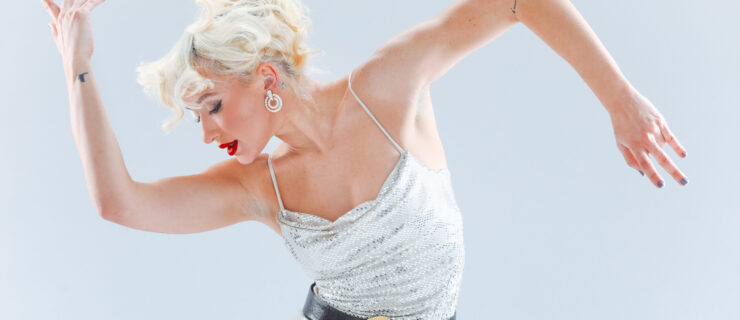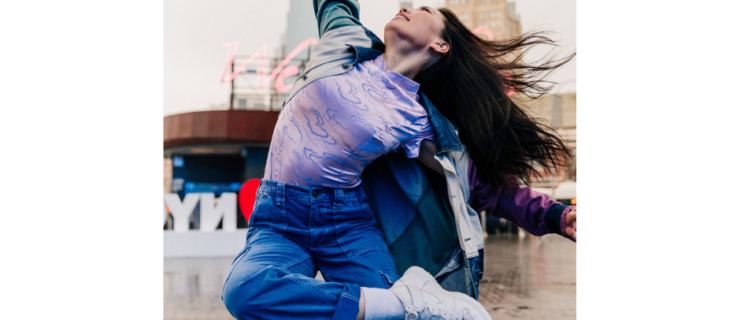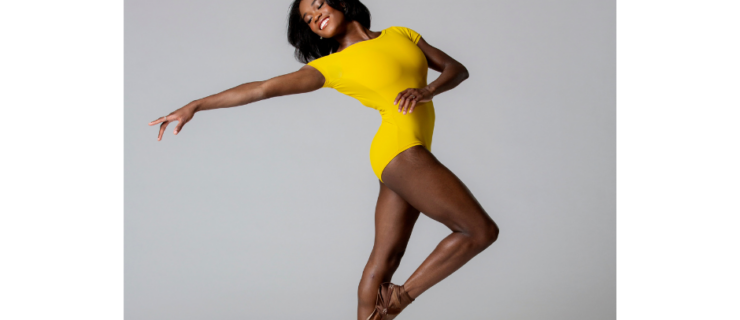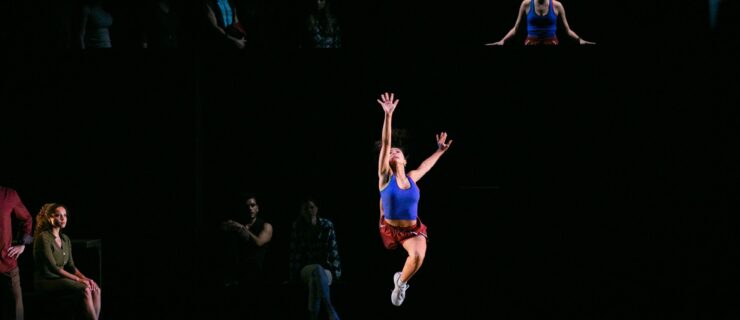Inside Broadway's "Great Comet" with Choreographer Sam Pinkleton
Natasha, Pierre & the Great Comet of 1812
has become the buzziest show on Broadway after receiving a staggering number of Tony nominations (twelve to be exact 😱), including a Best Choreography nom for choreographer Sam Pinkleton. The show, starring Josh Groban as Pierre and Denée Benton as Natasha, was adapted from Leo Tolstoy’s War and Peace and is anything but a boring literature lesson. It’s beautifully organized, captivating chaos, right down to the dancing. Case in point: Ensemble members are constantly running up and down stairs, partying ’till they drop or dancing in the house with the audience. Dance Spirit sat down with Pinkleton to get an inside look at the dance madness.
 “Great Comet” choreographer Sam Pinkleton at the the show’s opening night party.
“Great Comet” choreographer Sam Pinkleton at the the show’s opening night party.
Photo by Walter McBride for Broadwayworld.com
What’s the choreography like in
Great Comet?
It’s a huge dance show with tons of different styles. The score has music that sounds like classical Russian music, electronic/techno music and foot-stomping folk music, so the choreography is every bit as schizophrenic as the music. There’s a big club scene and people are twerking and throwing down, and then there’s a beautiful ball with dancers in gowns partnering. There’s also a huge party in Act 2 that’s low-to-the-ground and straight-from-the-gut community folk dancing. But the thing that unites everything choreographically in this show is that it comes from a very deep place. Every individual is doing slightly different choreography in their own way. It isn’t about unison and lines, necessarily, it’s about people expressing themselves at the absolute height of emotion. And it was very important to me that all 30 members of our ensemble were showcased in a very individual way.
What role does the dancing play in the story?
Great Comet
is a melodrama, so it’s about people operating at the absolute height of human emotion. Even if an audience member is watching a little bit of story that’s 55 feet away, there’s also something near you. There’s a constantly moving world around you at all times. The ensemble makes this world that creates all of the tension and complications, and in the second act utter joy, that these characters are feeling. And they explode it all outward.
What kinds of dancers were you looking for during casting?
For me, it was all about people who dance like themselves and nobody else, and who are totally unafraid to go so hard that they feel like they’re going to vomit. It wasn’t about pointing your feet, they needed to throw down—like 3-in-the-morning style.
What was the hardest part of the process?
Honestly, I love this show so much. It’s the greatest creative gift that’s ever been given to me, so even the hard parts were awesome. The most intense challenge, though, was planning. This show required a kind of choreographic pre-production that I think is usually reserved for the opening ceremonies of the Olympic games. Because of the staging and the amount of stairs, there are basically three shows being done simultaneously at any point. If you’re sitting in the orchestra, there’s a whole dance number happening above you in the balcony that you don’t even know about. We rehearsed in dance studios and it was like mapping football plays. My team and I just sat with pennies on maps for weeks figuring out how to even make it possible.
What’s your favorite part of the show?
My favorite part is hands down the second act. There’s a 13-minute dance sequence called “Balaga” that in my mind is like the greatest wedding party you’ve ever been to. It escalates to a point past dancing into actual chaos. And that’s what I always want dance to do.
Need more info on the latest and greatest Broadway shows? Keep an eye out for our July/August issue where we award the danciest new productions! And check out this clip of the Great Comet cast performing on the Today show last week to tide you over until Tony night.




